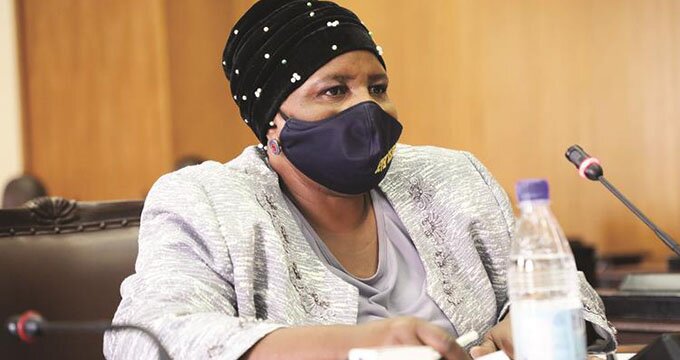Golden Sibanda
Senior Business Reporter
Zimbabwe’s mines have hailed the decision by Fidelity Printers and Refiners (FPR) to increase the foreign currency retention threshold for gold miners as a step in the right direction and a development that will significantly enhance the viability of mines.
Chamber of Mines of Zimbabwe (CoMZ) chief executive Isaac Kwesu said in an interview that mining companies had been struggling with viability issues because of the mismatch between the exchange rate for the portion paid in local currency and actual costs.
Mr Kwesu’s comments come after FPR, a unit of the Reserve Bank of Zimbabwe and the sole authorised official buyer of gold, raised the foreign currency retention threshold for gold producers from 55 to 100 for small miners/buying agents and 70 for large scale producers.
Advertisement
Small-scale producers/buying agents and artisanal miners, who account for 60 percent of the country’s annual production would be paid in cash at a flat price of US$45 per gramme of gold, which authorities will discourage smuggling of the yellow metal.
“Small-scale gold buying agents will have to enter an agency agreement with FPR, which contract shall clearly spell out the terms and conditions under which the agents shall operate,” FRP general manager Fradreck Kunaka, said in a statement on the new framework.
Primary producers will therefore have the 70 percent of sales proceeds deposited into their nostro account at the ruling exchange rate, currently fixed at $25 to US$1, while the balance will be paid in the reintroduced local currency, the Zimbabwe dollars.
Mr Kwesu said the upward review of the retention thresholds was a step in the right direction, specifically the principle of adjusting the (forex) retention ratio for big producers to 70-30 ratio. He, however, noted that there obviously were quite a number of other factors that had been negatively affecting operations.
“This was one of the biggest operations in the room and to a large extent it addresses the biggest challenge, which was affecting viability due to mismatch between the interbank and the actual cost of production.
“The actual ratio of actual cost had been more than double the interbank and so they had been struggling to fund the local input cost given that there were liquidating at $25 to US$1 when the actual cost twice or three times that 25 to 1 exchange rate,” he said.
The CoMZ chief executive said reviews on specific economic or industry policies must be done each time there is change of circumstances to protect and support production, especially in critical sectors.
Zimbabwe’s gold output dipped to 1 464,3 kilogrammes in April compared to 2 126,35 kg a year earlier. During the period under review, small-scale gold miners produced 728,9 kilogrammes, while large-scale miners produced 735,4kg.
Zimbabwe targets 35 tonnes of production this year against 27 tonnes last year, when earnings dropped to just about US$946 million.
Gold is Zimbabwe’s single largest foreign currency earner (US$1,3 billion in 2019), accounting for nearly 30 percent of total annual foreign currency earnings and together with platinum generate over 60 percent of annual mineral export earnings.
Advertisement
Zimbabwe has produced significant amounts of gold and production peaked in 1906 at about 30 tonnes and in 1999 at 27 tonnes. The industry has operated in leaps and bounds over the last 100 years.
Between 2000 and 2008, a sustained and broad-based decline in economic activities led to a cumulative decline of over 50 percent in gross domestic product, resulting in only 3,5 tonnes of gold being produced.
Under Government’s vision to build a US$12 billion mining industry by 2023, the yellow metal is expected to generate the most revenue than all other minerals. It is expected to account for at least US$4 billion in annual exports.
The Government is pinning hopes on mining and farming to provide a quick-start to economic turnaround after years of decline, with the sectors also anticipated to play key roles towards Zimbabwe’s vision of an upper middle income country by 2030.
“The Zimbabwe Miners’ Federation (ZMF) would like to appreciate the recent review by FPR in the gold trading framework as announced through its press statement of May 26, 2020,” said ZMF president Ms Henrietta Rushwaya.
“The review provides for a flat price of US$45/ gramme delivered by small-scale producers and a 70/30 framework for large scale gold producers.
“ZMF is of the view that this review was invariably long overdue and is a relief from the 55/45 framework that prevailed prior to the new framework,” said Ms Rushwaya.
– HERALD








